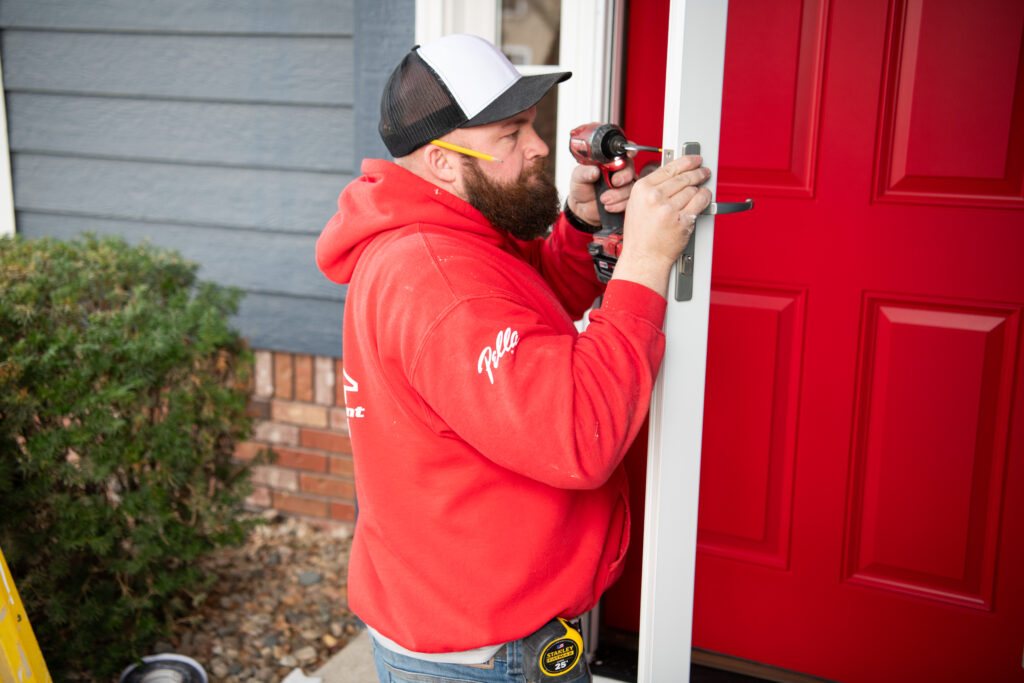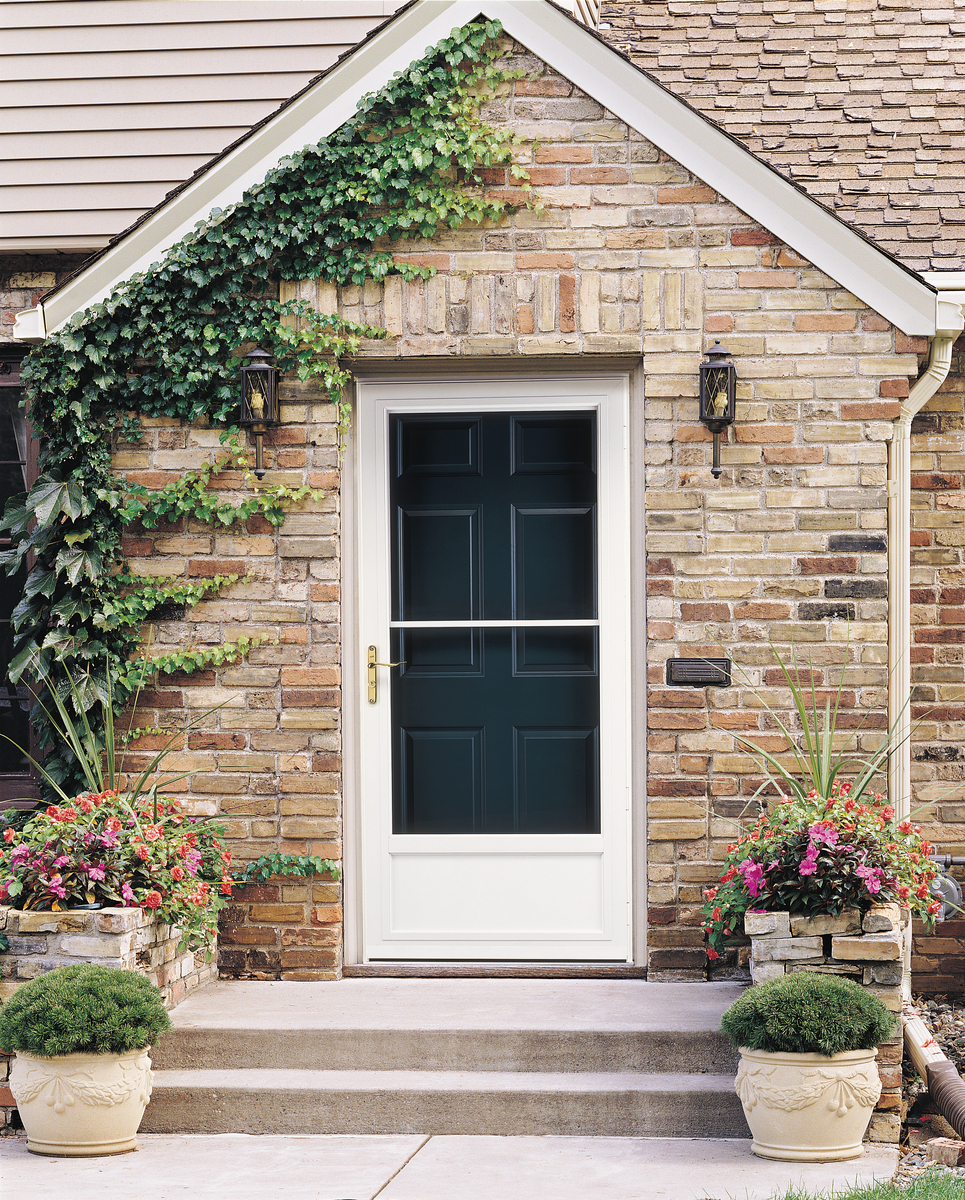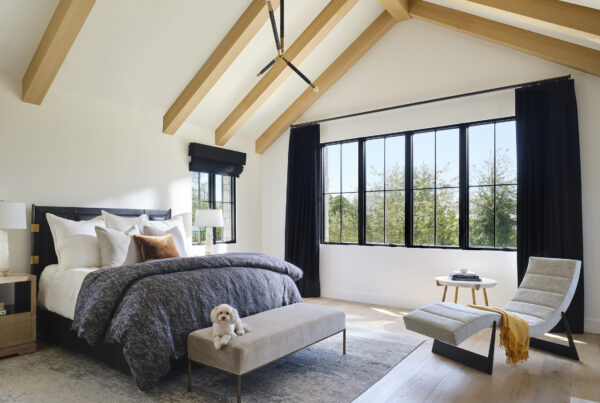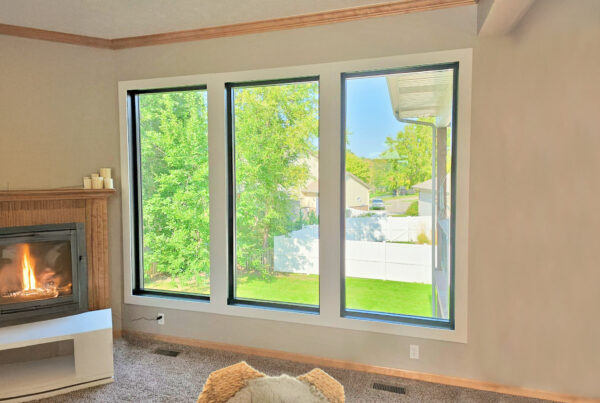According to the National Centers for Environmental Information, from 1980 to 2024, there were 66 confirmed weather/climate disaster events with losses exceeding $1 billion each that affected the state of Nebraska. Among these events are 44 severe storm events, which can be particularly devastating to residential properties.
One protective measure you can take is to have a storm door installed. However, storm door installation must be done correctly, or you may have costly consequences on your hands.
Today, we will go over nine common installation mistakes and how you can avoid them.
1. Choosing the Wrong Size Storm Door
This might sound like a strange mistake, but you’d be surprised at just how many homeowners fail to measure the opening properly before ordering or fitting a storm door. As a result, there are gaps, an improper seal, and a door that doesn’t close smoothly.
Homes in Omaha and Lincoln vary from historic to newly constructed, so frame sizes can vary greatly. So don’t just order a “standard” door.
Instead, make sure you/your installer has measured both width and height in three places (top, middle, and bottom). If your frame doesn’t fit “standard” dimensions, then make sure your installer orders a custom-sized storm door.
2. Poor Frame Preparation Before Installation
Some installers may install a new storm door over the existing frame that may be warped, rotten, or uneven. While this makes for a quicker job, it can lead to future headaches, like:
- Water leaks
- Air drafts
- Door jamming
One of the best storm door tips we have is to request a pre-installation inspection to assess the door frame condition. Ask if the quote includes any needed repair or adjustments to the frame before the actual installation occurs.
3. Incorrect Hinge Placement or Alignment
If the hinge is improperly aligned, it can cause the door to sag or scrape. As a result, this can reduce its lifespan and functionality.
To prevent this from happening, confirm that the technician is experienced with the specific storm door brand you want. Check that the hinges allow for full swing and proper seal. Ask them to demonstrate smooth operation before they leave.
4. Ignoring Weatherproofing and Insulation
If your storm door is not properly sealed, it can lead to infiltration of:
- Cold air
- Rain/water
- Insects
When speaking with an installer, ask what type of weatherstripping is being used and whether it’s designed for the local climate. You can also request that they caulk all gaps and test the door seal before completing the job.
5. Overlooking Door Swing Direction
It’s easy to overlook, but the door swing direction is essential. If you install it the wrong direction, not only can it be inconvenient, but it can even be unsafe if it hinders a walkway or storm evacuation route.
In general, a door that opens away from snow accumulation areas (like a porch edge) is a smarter choice, especially in snowy Omaha winters. But if you’re unsure, you can talk through the best swing direction with your installer based on your home’s layout and traffic flow.
6. Rushing the Job to Avoid Weather
Omaha and the surrounding areas can have unpredictable weather. Because of this, some installers may rush the job to “beat the rain” or to avoid working in sub-freezing temperatures. But then you could be left paying the price, as you may get poor adhesion of sealants or incorrect fittings.
To avoid installation errors, ask your installation crew how they handle jobs during extreme cold or stormy weather. And don’t be afraid to call and reschedule for better conditions. Always put the quality of the work over the speed at which it can be completed.
7. Lack of Communication About Product and Warranty
Some installers may be good at their jobs, but they may not always be good with communication. This is almost just as important as the quality of work itself, as it’s vital for you to understand exactly what you’re getting.
There are companies that don’t clearly explain what brand or model of storm door they’re installing. Or they may skip over important warranty information.
To ensure this doesn’t happen to you, you should ask for a detailed proposal that includes:
- Brand
- Model
- Materials
- Hardware (e.g., pneumatic closer, screen type)
- Any energy-efficiency certifications
In addition, make sure you receive manufacturer and labor warranties in writing.
8. Not Securing the Door Properly
When a storm door is improperly fastened, it can rattle in the wind or even blow open during a storm. This can be especially problematic during spring thunderstorms and winter gusts.
Confirm the installer is anchoring the storm door using the appropriate fasteners for your door frame type (wood, metal, or masonry).
If your area is particularly windy, then ask about wind chains or reinforced hardware to help keep your storm door secure.
9. Hiring a Non-Local or Inexperienced Contractor
Companies that are unfamiliar with local weather patterns may not anticipate key factors that affect long-term door performance. So do your due diligence and research locally based, reputable companies with verified reviews. They should also have a history of storm door installations in the Omaha & Lincoln area.
For example, we at Pella Windows & Doors of Omaha and Lincoln have been serving the local area since 1967. You can see a comprehensive gallery of our previous work, so you can have peace of mind knowing you’re getting the best quality work.
Choose Pella Omaha & Lincoln for Your Storm Door Installation
A storm door does more than provide a cosmetic upgrade for your home. It’s a part of an effective weather defense system and can help with your home’s energy efficiency too.
Don’t just choose anyone for your storm door installation, as you may run into the issues we’ve mentioned in this article. Research your options, ask questions, and go with the experts. Schedule an appointment with Pella Windows and Doors of Omaha and Lincoln so our team can provide you with a free, no-obligation quote today!






